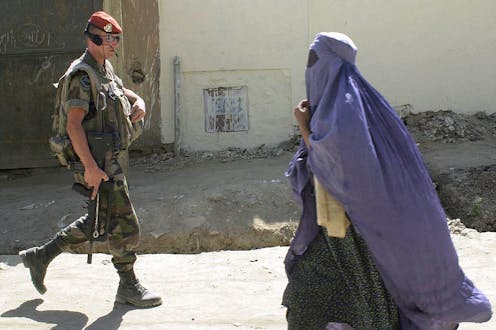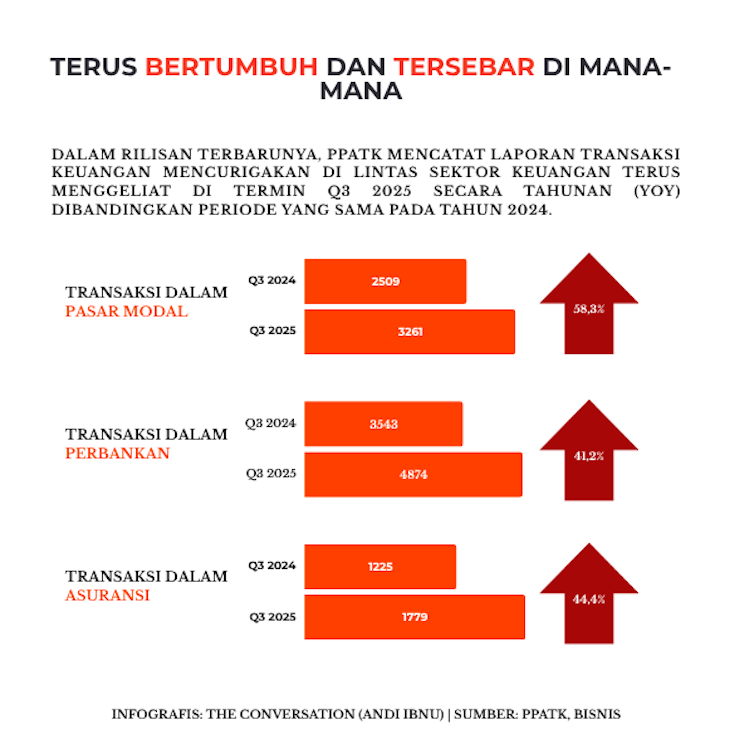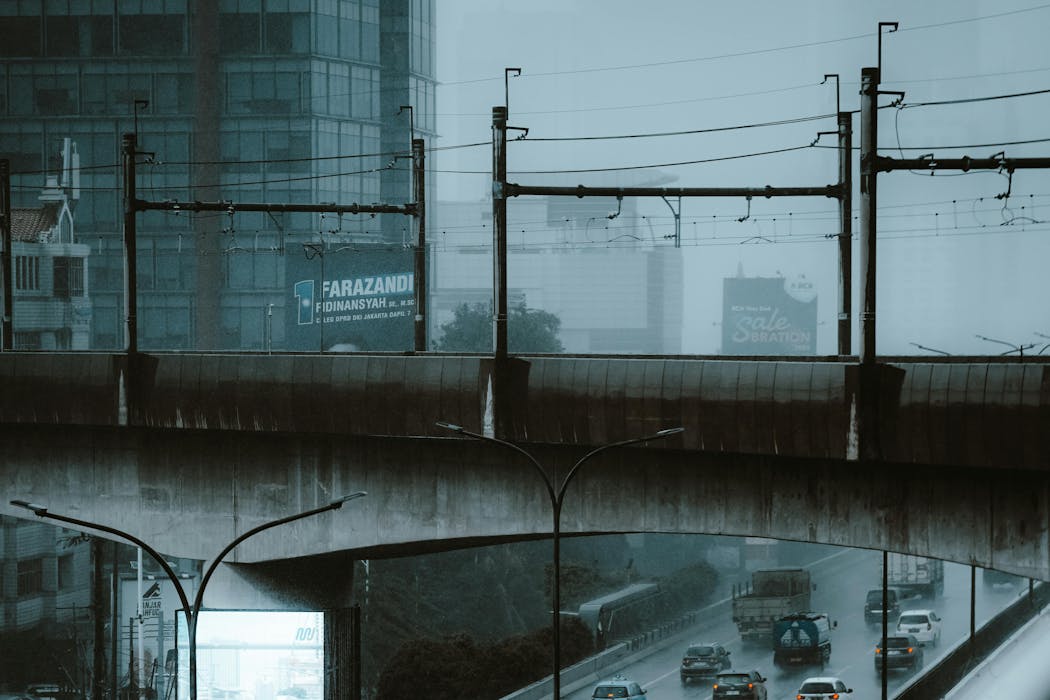This course examines how images of veiled Muslim women are used to justify war
- Written by Sara Rahnama, Assistant Professor of History, Morgan State University

References
- ^ The Future is Feminist (sararahnama.com)
- ^ historian Martha Jones (marthasjones.com)
- ^ veiled (veil.unc.edu)
- ^ oppressed (veil.unc.edu)
- ^ constrained (media.newyorker.com)
- ^ sexually alluring (veil.unc.edu)
- ^ died in police custody in Iran (www.washingtonpost.com)
- ^ curtail Muslim women’s right to wear a veil (www.aljazeera.com)
- ^ wore a burqa on the floor of the House of Representatives (www.c-span.org)
- ^ argue in favor (www.ny1.com)
- ^ visible marker of women’s subjugation (www.independent.co.uk)
- ^ produced postcards that depicted Algerian women (www.newyorker.com)
- ^ unveiling campaigns and veil-burning ceremonies (www.washingtonpost.com)
- ^ art exhibition (apexart.org)
- ^ Fatima is Fatima (www.iranchamber.com)
- ^ Ali Shariati (merip.org)
- ^ vintage Iranian photographs (doi.org)
- ^ one montage (www.instagram.com)
- ^ misogynistic (ajammc.com)
- ^ Islamophobic (fair.org)
Authors: Sara Rahnama, Assistant Professor of History, Morgan State University





